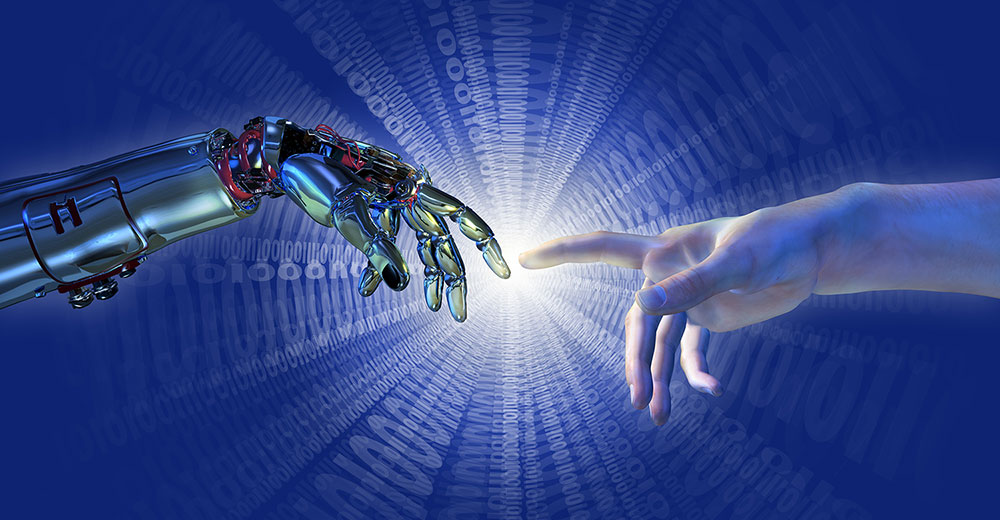Bridging the AI Training Gap in the Workplace
How AI Is Reshaping the Workplace
Bridging the AI Training Gap in
the Workplace :
Bridging the AI Training Gap in the Workplace
According to Microsoft’s and LinkedIn’s 2024 Work Trend Index on the State of AI at Work, released in May, only 39% of AI users receive workplace training. The report identifies four categories of workers: skeptics, reluctant users, poorly or untrained users, and power users.
Power users, who comprise 78% of this last category, may pose the greatest challenge for IT departments. They often bring their own AI tools to work to improve job performance. In smaller companies, 80% of these power users use AI connections discreetly, without IT’s awareness.
As AI reshapes work environments, its most significant potential lies in enhancing the human skills that define employee performance — creativity, collaboration, and problem-solving, noted Juan Betancourt, CEO at Humantelligence. His company develops individualized training strategies to better train leaders and their workers to integrate AI safely and efficiently.
With so few workers getting real on-the-job training to employ AI, he urges companies to close this crucial training gap. Humantelligence software integrates into organizations’ workflows. The training and the plug-in platform combine to cultivate a learning environment that accelerates career growth and business innovation, he explained.
Betancourt says the training concept has been well received when pitched to business leaders but has seen slow adoption rates so far. He describes Humantelligence’s approach as AI-based and unique compared to other solutions.
“Only one in five companies to whom we present it ends up buying the product, which is shocking. Once they buy it, they love it,” Betancourt told TechNewsWorld.
How AI Is Reshaping the Workplace
The Microsoft-LinkedIn AI usage report revealed that many employees quietly use AI tools without proper guidance or clearance from leadership.
The research is based on a survey of 31,000 people across 31 countries, labor and hiring trends on LinkedIn, trillions of Microsoft 365 productivity signals, and research with Fortune 500 customers. The results show how, in one year, AI is influencing how people work, lead, and hire worldwide.
For example, 52% of employees who use AI at work are reluctant to admit they rely on it for critical tasks. Additionally, 53% worry that using AI for important tasks might make them seem replaceable.

The report suggests that companies miss out on its full benefits by not embracing AI strategically. This lack of oversight also increases the risk of compromised company data, as leadership focuses on cybersecurity and privacy concerns.
“AI is redefining work, and it’s clear we need new playbooks,” said LinkedIn CEO Ryan Roslansky in an announcement about the survey’s results.
He added that leaders who prioritize agility over stability and invest in internal skill-building will give their organizations a competitive advantage and create more efficient, engaged, and equitable teams.
Summary
- The AI training gap in the workplace is significant, with only 39% of AI users receiving training.
- Power users, who often bring their own AI tools to work, pose a challenge for IT departments.
- Humantelligence offers a unique AI-based training solution to close the gap.
- The Microsoft-LinkedIn report reveals that many employees use AI quietly and fear being replaced.
- Companies are missing out on the benefits of AI by not embracing it strategically.
- Leadership plays a crucial role in promoting AI adoption and skill-building.
